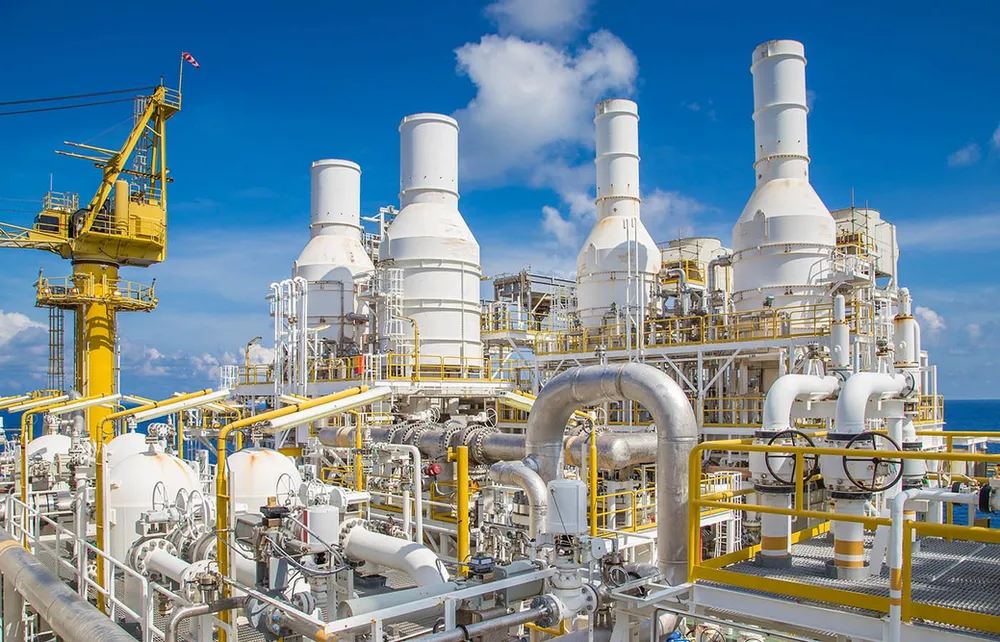
Case Study: Green Hydrogen Production Using Aspen Plus and PEM Electrolyzer
Introduction
Green hydrogen is a clean energy source produced by splitting water into hydrogen and oxygen using renewable electricity. Proton Exchange Membrane (PEM) electrolyzers are commonly used in this process due to their high efficiency and flexibility in operation. This case study explores the modeling of green hydrogen production using a PEM electrolyzer in Aspen Plus, highlighting the methodology, results, and potential applications.
Overview of Green Hydrogen Production Green hydrogen is produced by electrolyzing water, a process driven by renewable electricity sources like wind or solar power. The PEM electrolyzer uses a solid polymer electrolyte to conduct protons from the anode to the cathode, where hydrogen gas is produced. This technology is favored for its rapid response times, high hydrogen purity, and compact design, making it suitable for integration with intermittent renewable energy sources.

Aspen Plus Simulation Methodology
1. Process Description:
- The process begins with the input of pure water and electricity from a renewable source.
- The water is split into hydrogen and oxygen in the PEM electrolyzer.
- Hydrogen is collected and purified for use, while oxygen is either released or captured for industrial applications.
2. Aspen Plus Model Setup:
- Components: The key components in the simulation include water (H2O), hydrogen (H2), and oxygen (O2).
- Thermodynamic Model: The Peng-Robinson equation of state is typically used for gas-phase systems, but for the liquid phase, an appropriate activity coefficient model like NRTL (Non-Random Two-Liquid) can be applied.
- Electrolyzer Unit: The PEM electrolyzer is modeled using a custom reactor block in Aspen Plus, where electrochemical reactions are defined. The efficiency and operational parameters of the electrolyzer are input based on real-world data.
3. Input Parameters:
- Water Feed Rate: The flow rate of water is determined based on the desired hydrogen production capacity.
- Electricity Input: The amount of electricity required is calculated from the electrolyzer’s specific energy consumption, usually around 50-60 kWh/kg of hydrogen.
- Pressure and Temperature: The operating conditions of the electrolyzer are typically set at ambient pressure and temperatures ranging from 50-80°C.
4. Simulation Execution:
- The simulation is run to solve the material and energy balances, yielding the hydrogen production rate, energy consumption, and by-products.
Results and Discussion
1. Hydrogen Production Rate:
- The simulation results indicate a hydrogen production rate based on the input parameters. For example, with a water feed rate of 10 kg/hr and an electricity input of 55 kWh/kg, the production rate might be approximately 200 Nm³/hr of hydrogen.
2. Energy Efficiency:
- The energy efficiency of the process is calculated by comparing the energy content of the produced hydrogen with the electrical energy consumed. Aspen Plus can provide insights into optimizing the process to reduce energy losses and improve overall efficiency.
3. By-Products and Utilization:
- Oxygen is produced as a by-product in the PEM electrolyzer. The simulation can help determine the feasibility of capturing and utilizing this oxygen in other industrial processes, such as in wastewater treatment or steel manufacturing.
4. Sensitivity Analysis:
- Aspen Plus allows for sensitivity analysis by varying key parameters such as electricity input, water feed rate, and operating temperature. This helps in understanding the impact of different operating conditions on hydrogen production efficiency.
Applications and Future Outlook
1. Integration with Renewable Energy:
- The case study highlights the potential for integrating green hydrogen production with renewable energy sources. This integration is crucial for reducing carbon emissions and achieving sustainability goals in various industries.
2. Industrial Applications:
- Green hydrogen produced using PEM electrolyzers can be used in various applications, including fuel cells, chemical synthesis (e.g., ammonia production), and as a clean fuel for transportation.
3. Scaling Up:
- The simulation results can guide the scaling up of green hydrogen production facilities. Aspen Plus provides a valuable tool for designing larger plants, optimizing resource use, and assessing economic feasibility.
Organizations: NEOM Green Hydrogen Project (Saudi Arabia) , H2Future Project (Austria) and REFHYNE Project (Germany) has implemented the simulation results for green hydrogen production.
Conclusion
This case study demonstrates the effectiveness of using Aspen Plus for modeling green hydrogen production via PEM electrolyzers. The detailed simulation provides insights into the process dynamics, energy efficiency, and potential applications of green hydrogen. As the world moves toward cleaner energy solutions, tools like Aspen Plus will play a crucial role in designing and optimizing green hydrogen production systems.
For more info connect with us for green hydrogen technology and sustainable solutions.
